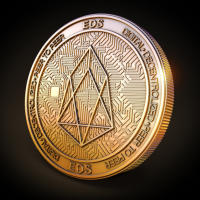Technology
- The objective of EOS is to provide a decentralized platform to host applications, implement smart contracts and use blockchain for businesses while hoping to solve the scalability issues faced by pioneering cryptocurrencies such as Bitcoin and Ethereum.
- It will also eliminate the fees charged for transactions. It will accomplish this by using delegated proof-of-stake of the consensus protocol as well as by being multi-threaded (being able to run on various computer cores).
- The target of EOS is to be the very first operating system that will be decentralized. EOSIO provides a better developmental environment for decentralized applications, such as, BitShares, a platform for the decentralized exchange of cryptocurrency and Steemit, a social networking platform with monetary incentives.
- The native token, EOS, is a utility token that gives both storage and the bandwidth on the blockchain. It is proportionate to the entire stake (owning only 1% of EOS tokens permits the usage of up to 1% of the total bandwidth).
- These tokens also permit the owner to participate in the on-chain governance of the blockchain and to cast votes, in proportion to the stake of the owner.
The EOSIO platform will drop its vote for 21 block producers at the time of its launch that will further validate and generate blocks within the block time of 500 ms.
The smart contract and general language for building the entire platform is WebAssembly (C, C++, Rust) and a portable machine build at World Wide Web Consortium (W3C).


